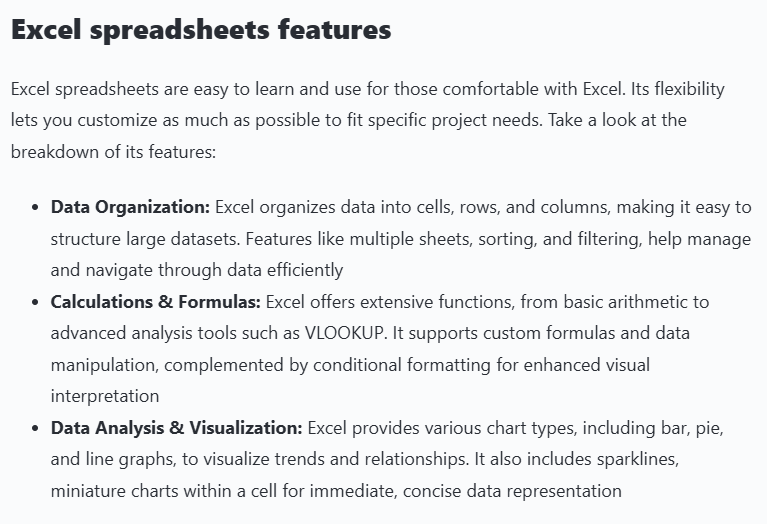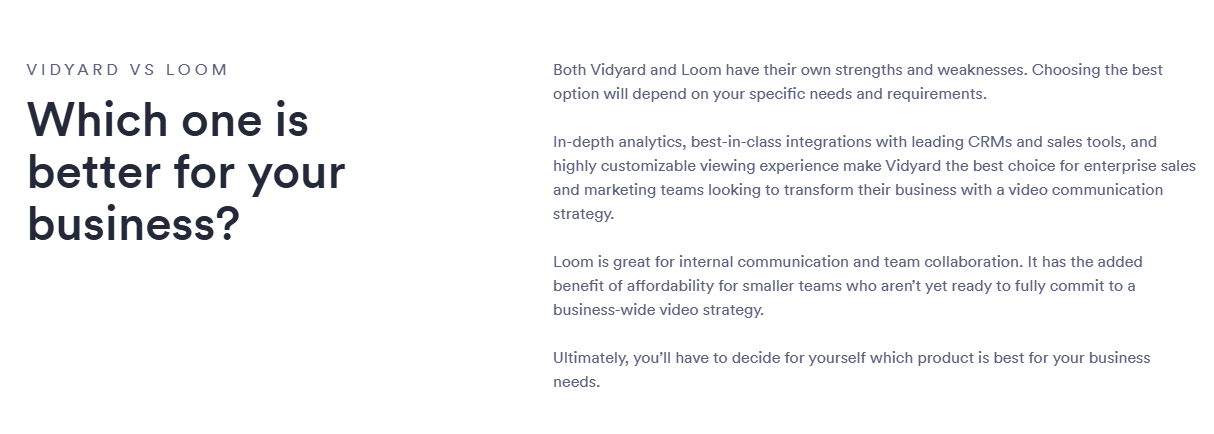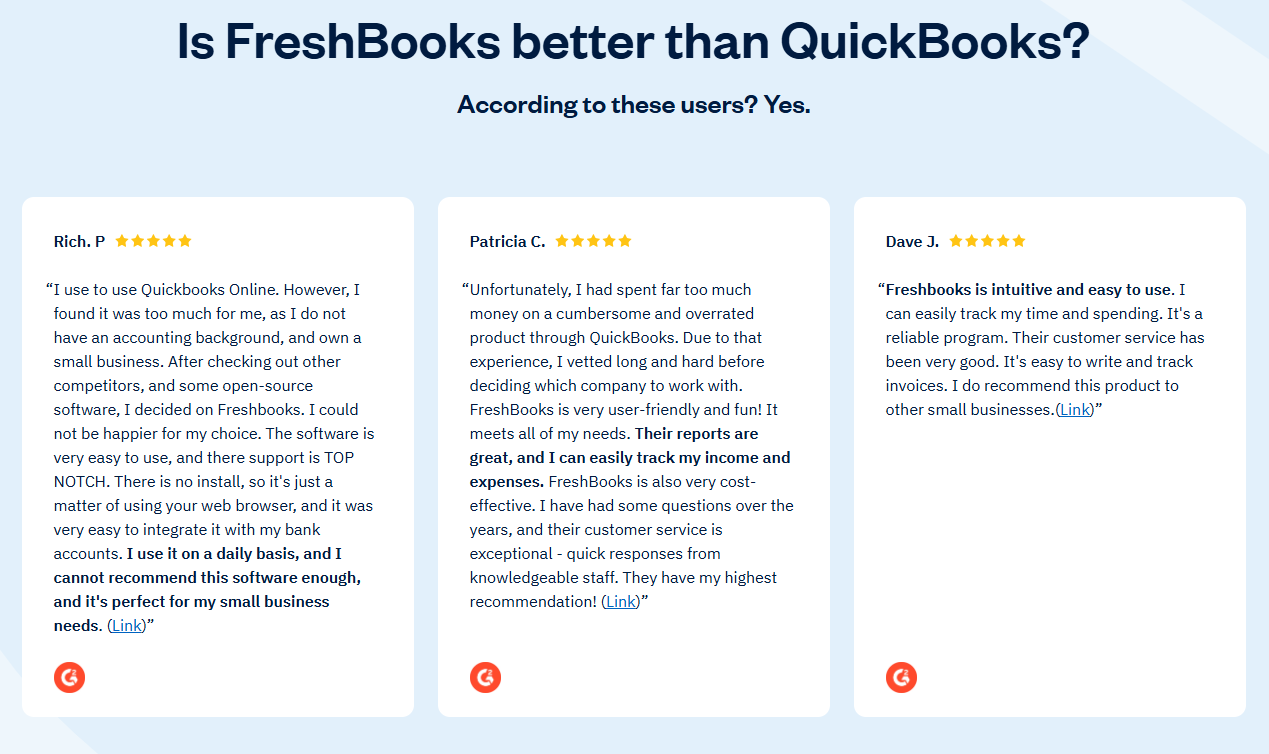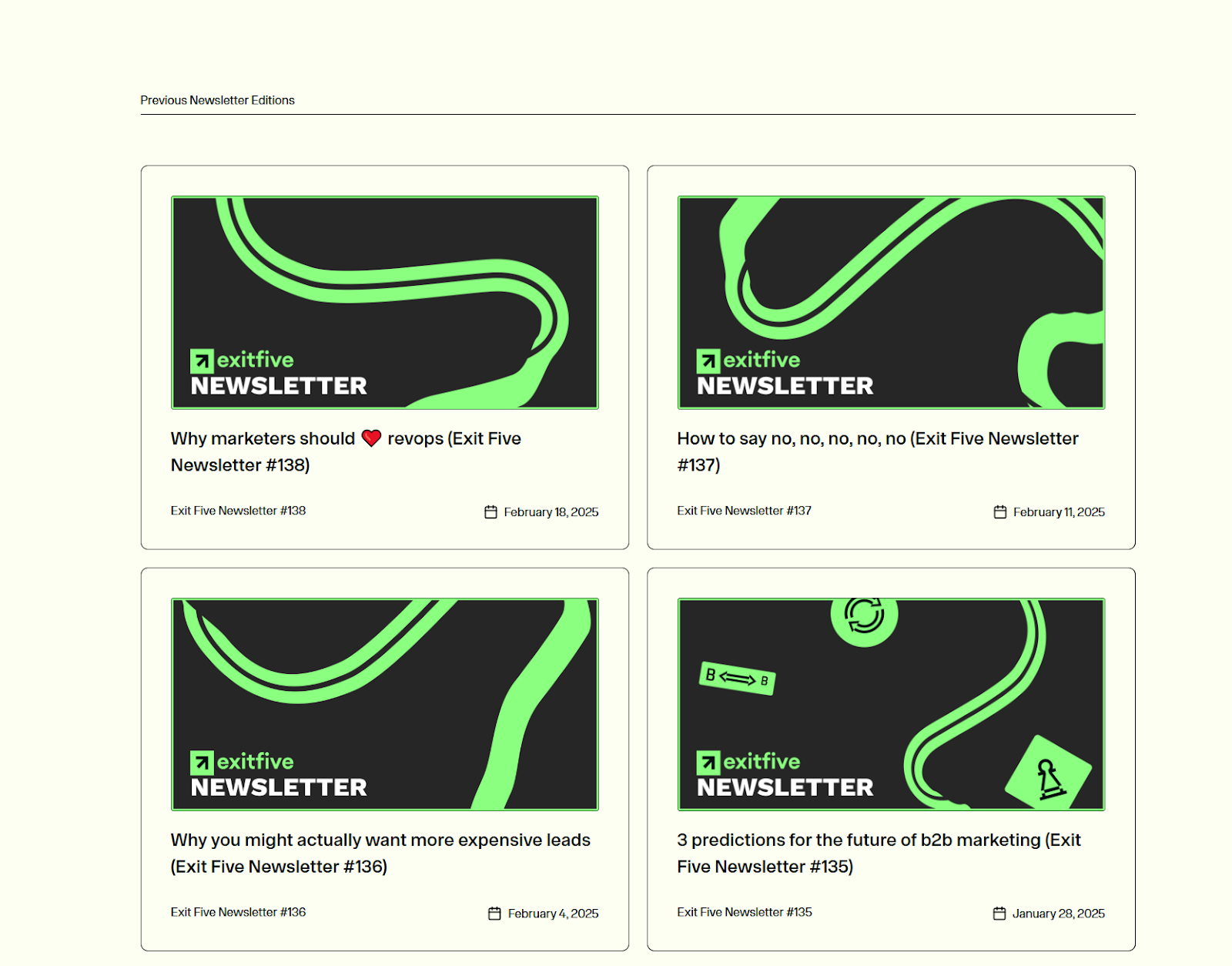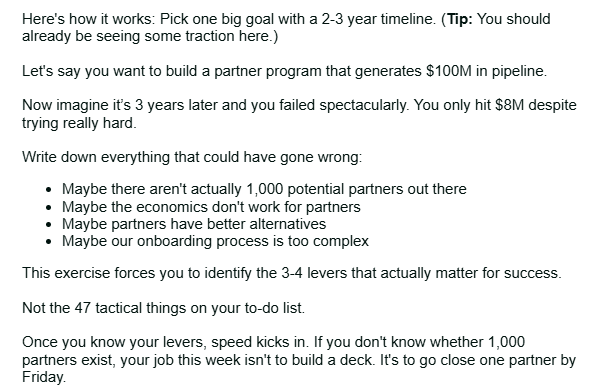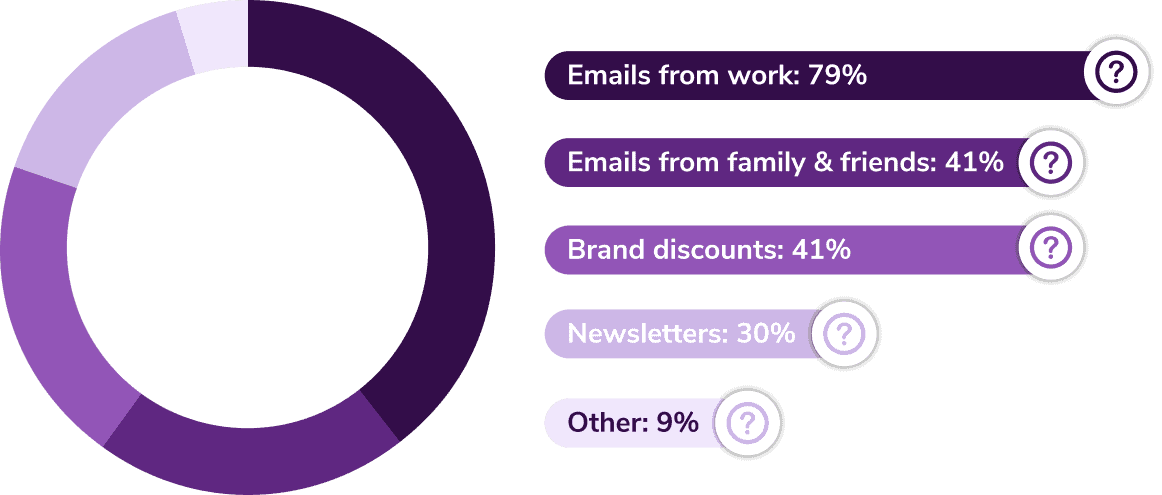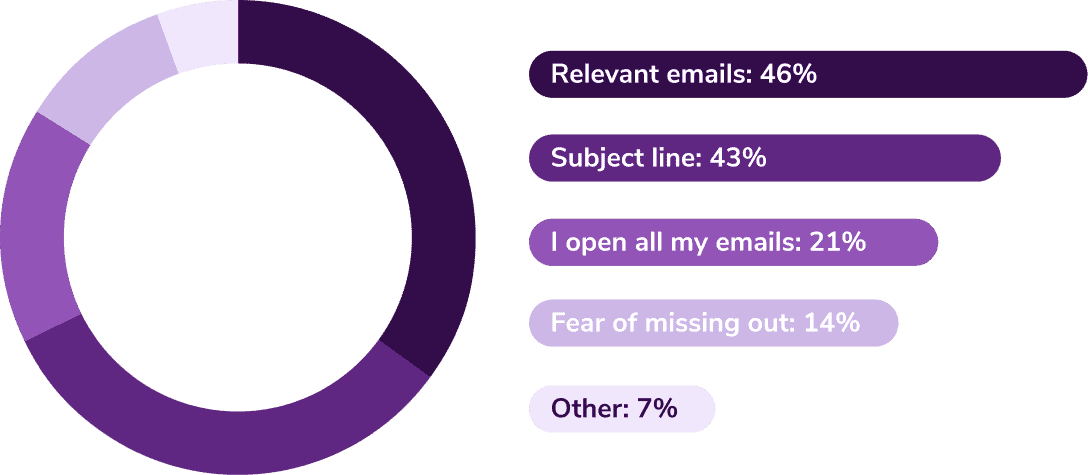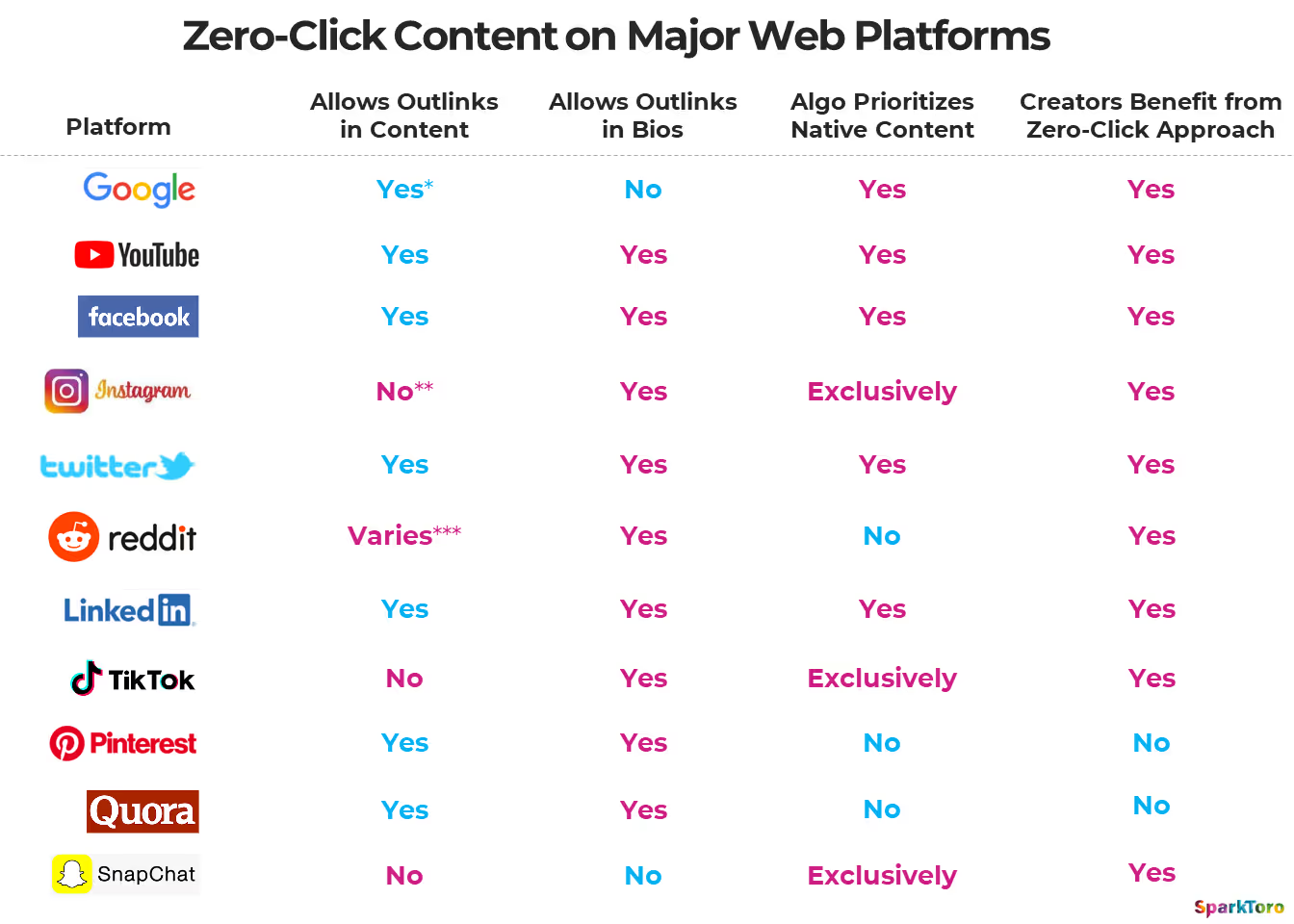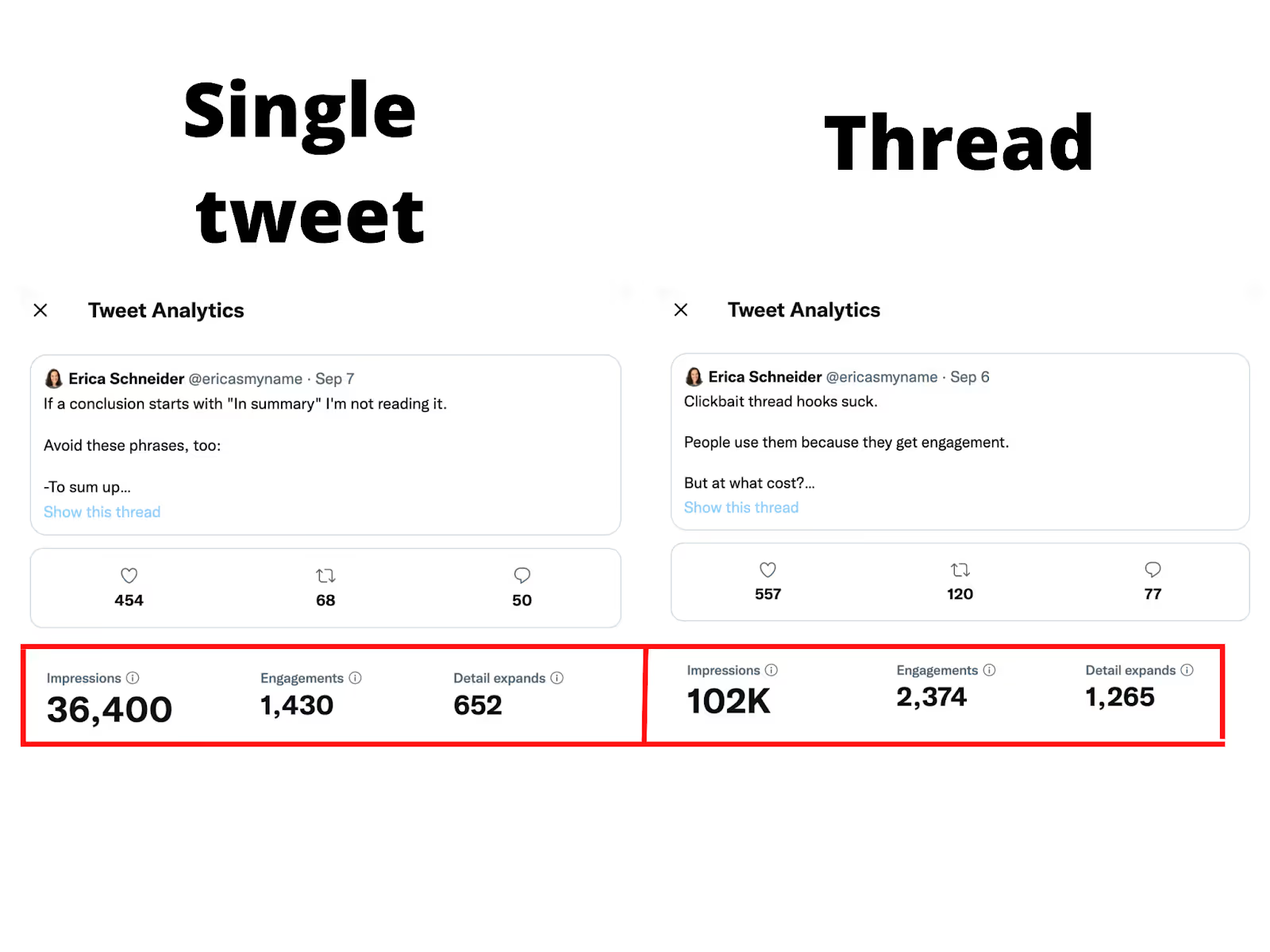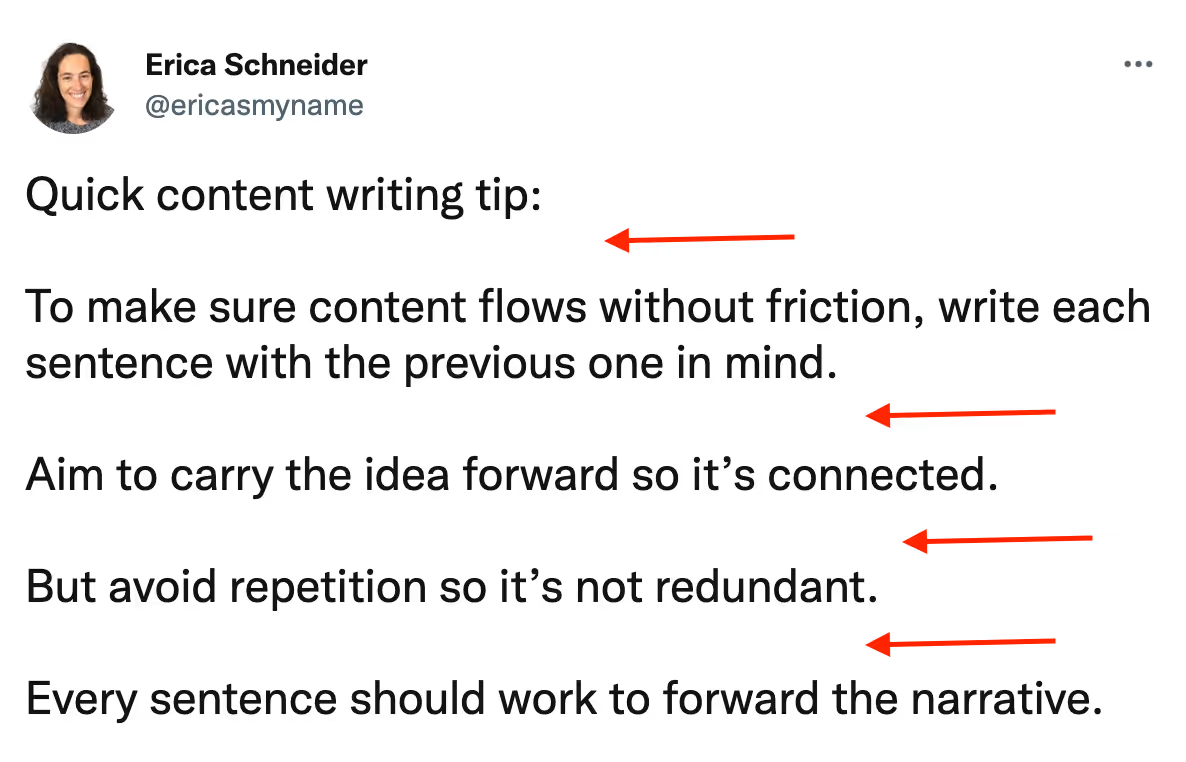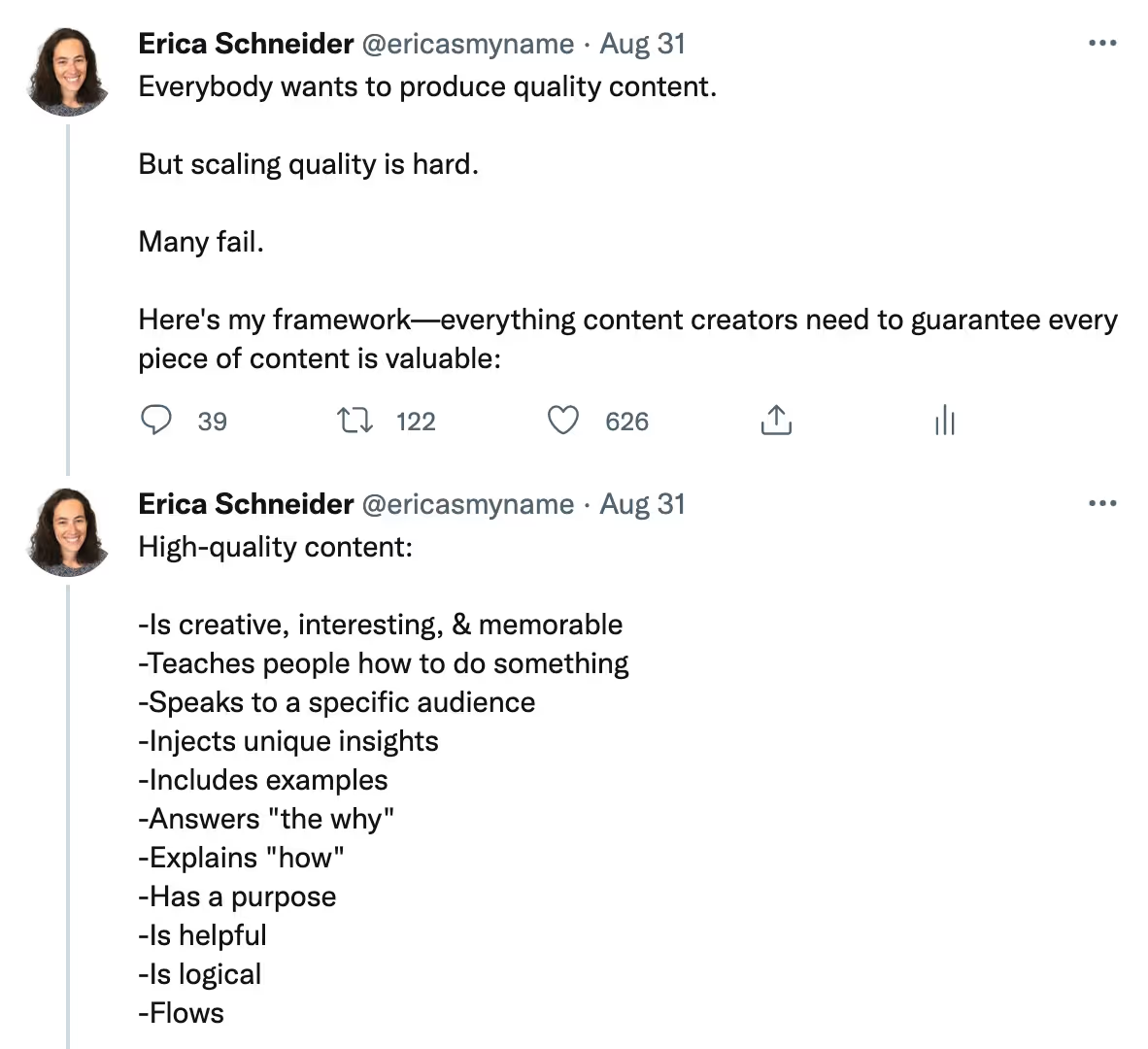In this article, we’ve compiled “link acquisition velocity” data from Buffer’s backlink profile and 10 of the top SaaS blogs to answer this question.
You’ll learn where data-driven content fits in the content ecosystem, how to get started, and methods to accelerate your organic growth with digital PR experimentation.
The discrepancy between blog content creation and link acquisition
92% of the 1,500+ marketers interviewed in a study conducted by Semrush say they invest in blog content. Further, 89% said they rely on organic search for distribution—making SEO the most popular distribution channel.
However, only 24% said they rely on external publications or guest blogging (what we call digital PR) and 22% said they create original studies and data-driven content:
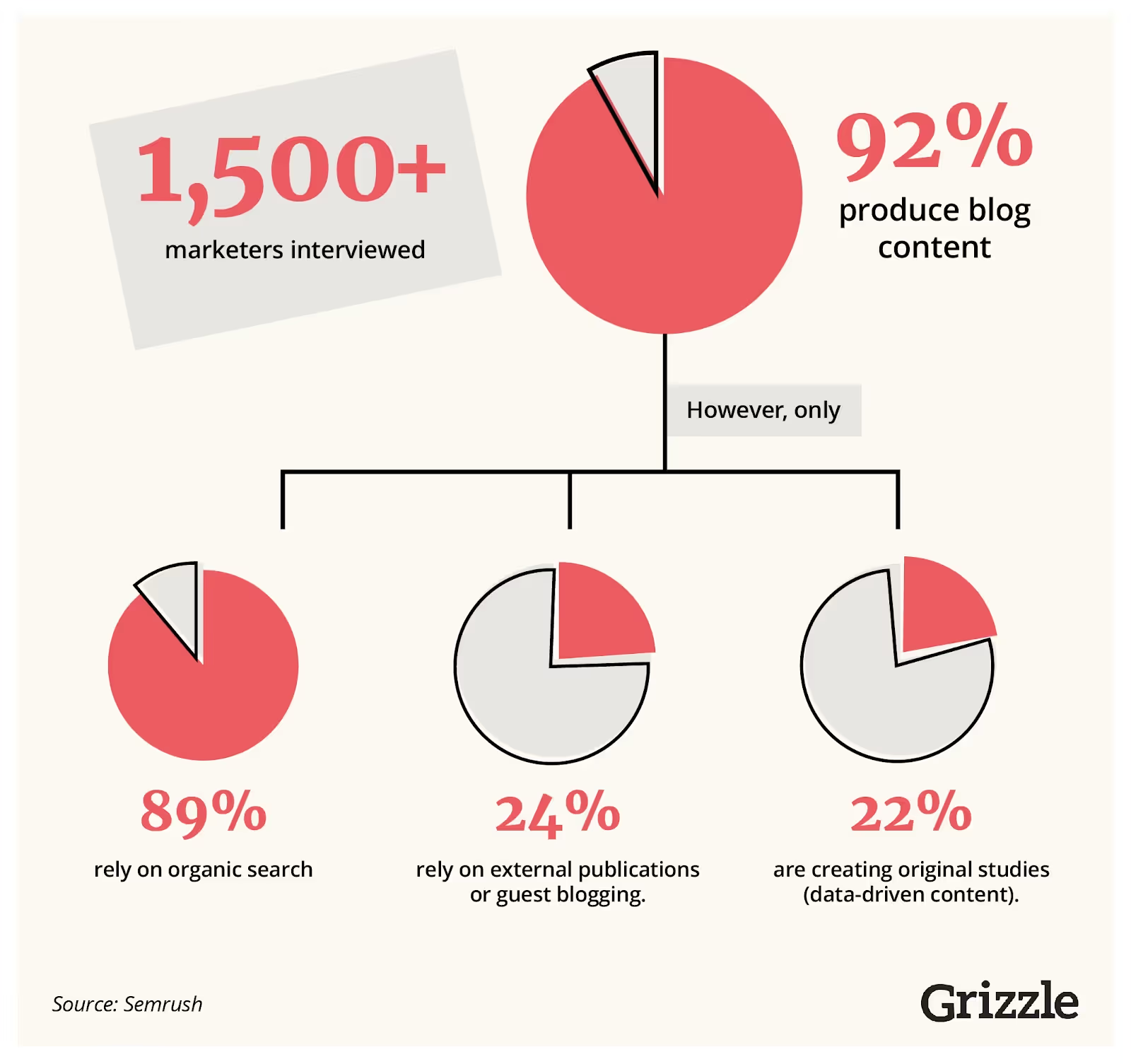
If data-driven content generates more links than editorial content, this means that over 75% of marketers are leaving opportunity on the table.
But is this truly the case?
How Buffer generated 100 links in 14 days
Buffer is well-known for its social media marketing content.
On top of in-depth editorial content, they also produce data-driven studies like the "State of Social" report:
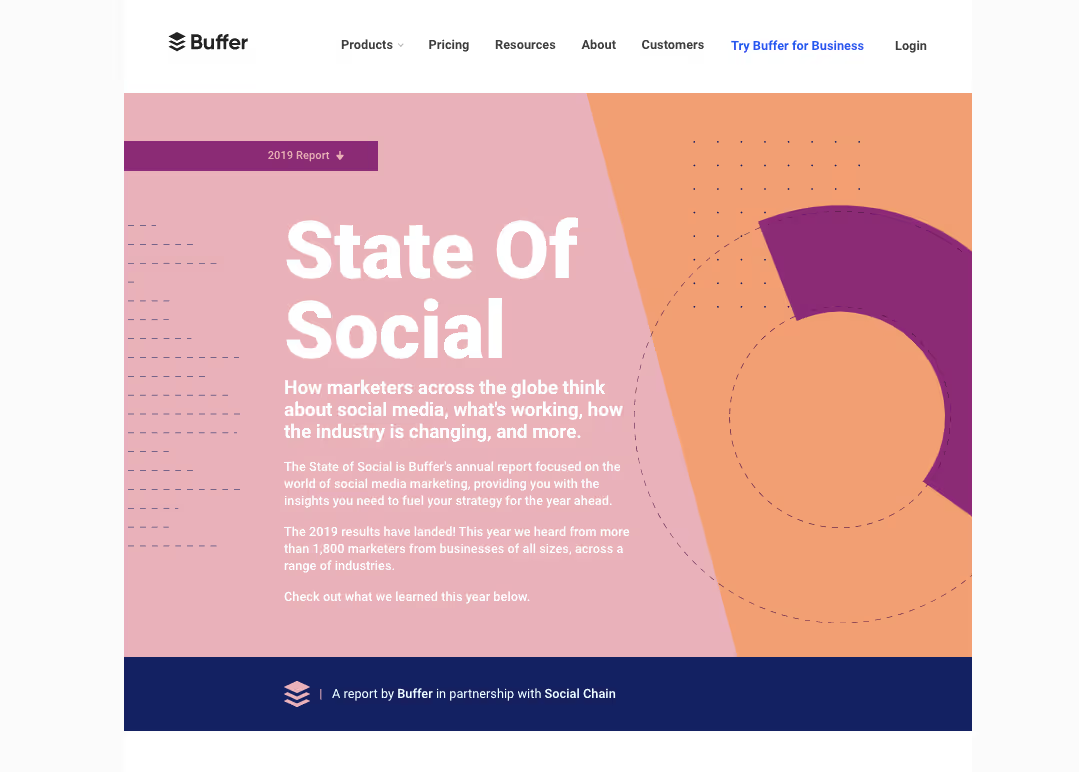
Here, Buffer surveyed 1,800 marketers about their social media strategy, presenting their findings wrapped in a bespoke UI.
At time of writing, there are over 1,280 referring domains (RDs) pointing to this single piece of content.
Let’s compare this to the top 10 Buffer blog articles that rank for position 1 on Google (ordered by search volume):
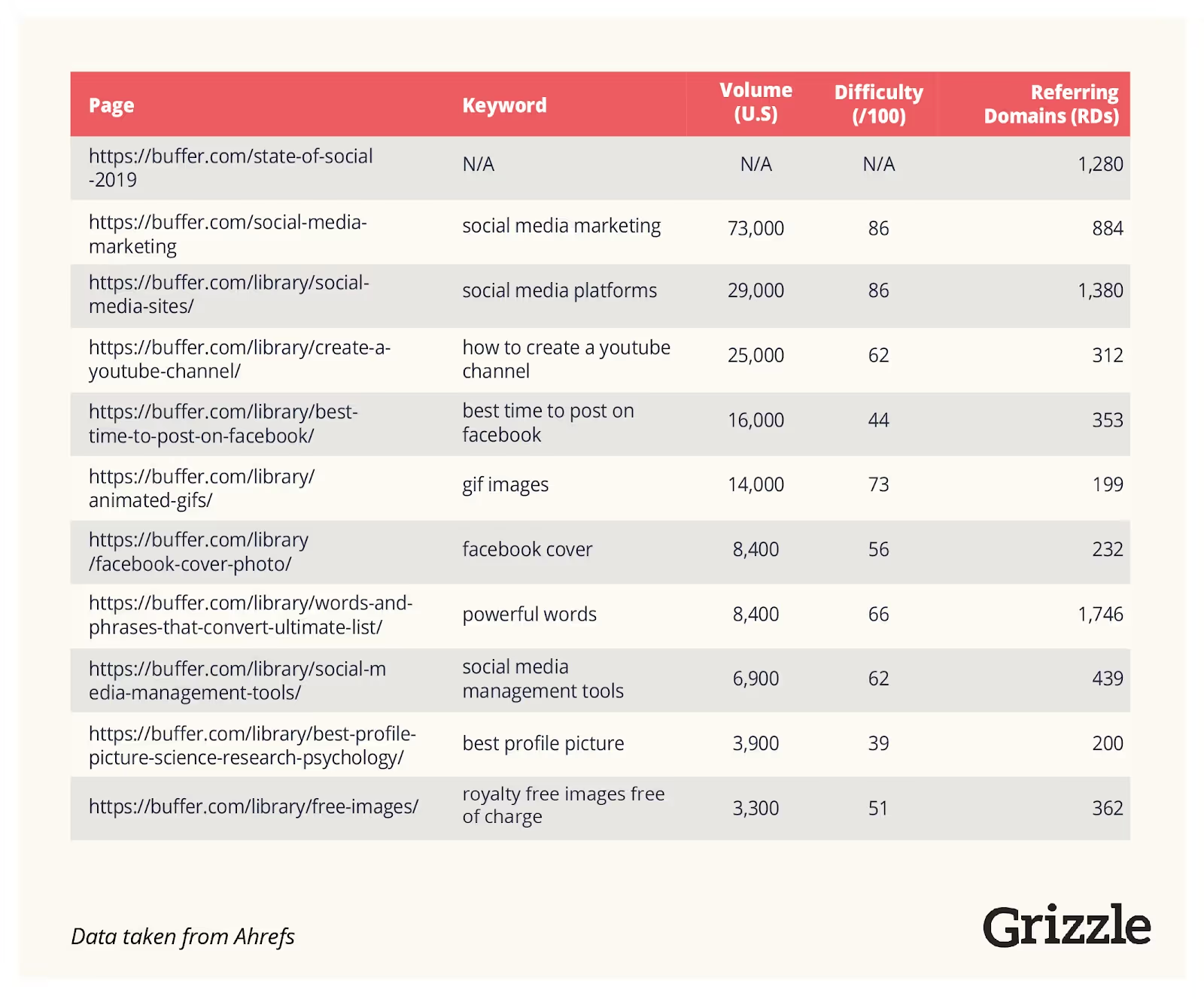
From this data we observe:
- The average number of backlinks from unique referring domains (RD) across their top 10 articles is 373.45.
- “Social Media Sites” is a clear outlier, generating more than 1,300 RDs.
To gauge the impact Buffer’s content has on their link building efforts, we’ll use a proprietary metric called link acquisition velocity (LAV).
LAV is a measurement of how quickly it takes for a piece of content to generate a specific number of backlinks. Let’s say your goal is to generate 50 links, and it takes 32 days to reach that goal. That piece of content would therefore have a LAV of 1.56:
LAV = No. Links Generated / No. Days Taken to Acquire Them
Focusing on LAV allows you to experiment and iterate, which is critical for SaaS brands with long-term distribution and digital PR programs. If you find a specific content format has a higher LAV than others, you can deploy more resources with a higher level of confidence that they’ll perform.
When experimenting, it’s a more reliable metric than total links as it gives a greater sense of demand for a specific type of content in the market.
Going back to Buffer’s link profile, let’s compare LAV between their “State of Social” report and “Social Media Sites” article:

According to this data, LAV was 293% greater for “State of Social” than “Social Media Sites.”
Furthermore, “State of Social” generated 243% more links than “Social Media Sites.”
Before drawing any conclusions, we must factor in how Buffer has brand equity and a large existing customer base on their side. They already have the attention of other bloggers and journalists they can launch to in order to gain traction.
Where do other SaaS brands stand?
Data-driven content is one of the most linkable assets a B2B brand can produce.
But Buffer might be an outlier. Where do other SaaS brands stand when it comes to data-driven content and digital PR?
We’ve compiled a table of data-driven reports produced by 10 SaaS brands (including Buffer) and the number of RDs and backlinks they’ve each generated:
The number of RDs vary, even for well-known brands. However, considering the first result in Google has an average of 3.8x more backlinks than pages ranking at positions two to three, even a dozen or so links can make a huge impact.
The best way to generate backlinks is by producing content that link creators are hungry for. Clearly, for B2B and SaaS companies, these formats include proprietary data, studies, analysis, and expert commentary.
A key issue is that data-driven content doesn’t necessarily generate search traffic as a standalone asset. Not many people are searching for “state of social reports.”
So, to improve the performance of content across your entire topic cluster, use intelligent internal linking practices.
For example, Ninja Outreach increased search traffic by 40% just by fixing the internal linking between blog articles:

To further back this up, Google has explicitly said that internal links are important;
“Google must constantly search for new pages and add them to its list of known pages. Some pages are known because Google has already crawled them before. Other pages are discovered when Google follows a link from a known page to a new page.”
Building a digital PR strategy at the intersection of expertise, data, and growth
Based on this research, we can conclude the following:
- Links are critical for organic growth
- It’s far easier to generate links to data-driven content than editorial content
- Internal linking impacts organic traffic across our entire content portfolio
- Editorial content generates large amounts of search traffic for high-volume keywords (when done right)
Embedding data-driven content into a hub and spoke strategy is the best way to generate links and accelerate organic growth across the board.
A hub and spoke model that integrates data-driven content looks something like this:
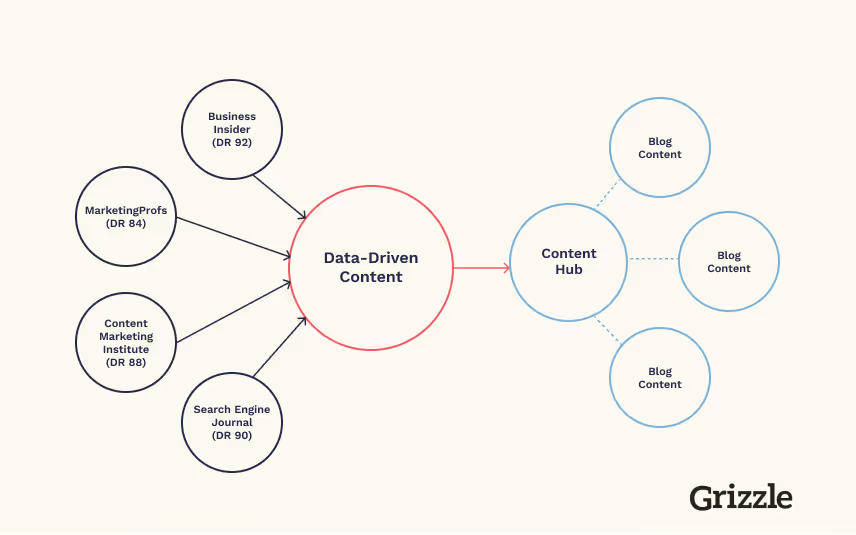
Here, data-driven content acts as an "entry ramp" for backlinks to enter our content portfolio.
Let’s say your goal is to generate links from publications with a high domain rating (DR). Doing this increases the page rating (PR) of your data-driven content, which is then passed down to your content hub and blog articles, further boosting your topical authority.
Your data-driven content ideation should fit in the sweet spot between:
- What journalists and editors are hungry for;
- What the market is talking about;
- Your growth and demand generation priorities.
For example, if you’re looking to build topical authority in the “talent acquisition” space, consider running a study on “top hiring challenges among HR managers.” Avoid adjacent topics like performance management until you’re ready to enter that arena.
The same goes for promotion. Outreach and relationship building must be baked into your content distribution roadmap, allowing you to establish content-channel fit.
[[component]]
Reduce uncertainty with digital PR experimentation
Many SaaS marketers invest huge amounts of resources into data-driven content.
This can make a big impact, as link creators love to cite original sources in their own content. While no marketing endeavor is guaranteed to get results, the time and money involved in data-driven content creation may seem disproportionate to the potential ROI.
Therefore, a better approach is to run several low-effort experiments across a quarter or two.
This involves planning, producing, and distributing data-driven content, quickly, using the following process:
- Analysis & Ideation: Identify trending topics in the market and source data from owned or publicly-available sources. Create a unique narrative around your findings. Recruit subject matter experts across your organization to give commentary that link creators can use to build out their stories.
- Data-Driven/Creative Content Production: Package up your data and commentary in a way that link creators can deploy quickly and easily. This includes blog posts, visual content, and access to raw datasets (as long as it complies with data protection laws).
- Personalized Outreach: Get your content in front of the people it’s most relevant to. This is how you build long-term relationships and stand out in an inbox full of generic pitches.
Furthermore, give yourself multiple chances to win by coming up with several angles. For example, if a study on the “best cities for marketing careers” falls flat with marketing blogs, try recruitment or HR publications instead.
Build upon content formats with a high LAV by investing in more ambitious projects.
Diversify your content portfolio
Data-driven and creative content has been proven to generate links. If your goal is to accelerate organic growth, focus on the formats with a high link acquisition velocity (LAV).
Build out your topic clusters, produce content that link creators need, and utilize internal linking to create a content portfolio that ranks for even the most competitive keywords.
Read more about creating and distribution and link-worthy content in our complete guide: How to improve link building results by 44% with unique content formats.












